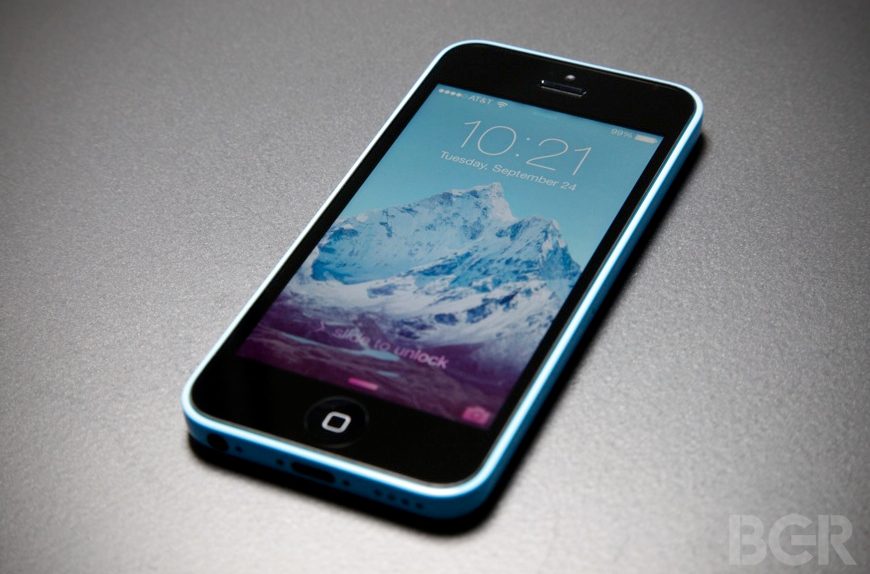Imagine a device that would allow Apple to eat into Android’s market share in several key markets, and yet only have a minimal negative impact on Apple’s margins. While early reports suggested the new iPhone 5c might be a flop when Apple had to cut orders with its manufacturing partners, new data from market research firm Kantar Worldpanel suggests that “the other high-end iPhone” might be just what Apple needed to pull in new business without sacrificing the average selling price (ASP) of its iPhone lineup.
The Telegraph on Monday covered a new report issued by Kantar that suggests Apple’s flagship iPhone 5s outsold the iPhone 5c by three to one in the UK during the three-month period that ended on October 31st. That news is hardly a shock. What is extremely interesting, however, is the firm’s note on who bought the iPhone 5c.
According to Kantar’s data, 80% of iPhone 5s sales were made to people who were upgrading from earlier iPhone models. Keeping customers onboard is obviously hugely important for Apple, just as it is with any company, but bringing in new business is a necessity for continued growth — and the iPhone 5c is doing just that. Kantar says that nearly 50% of 5c sales were made to people coming from other mobile platforms; namely Android, of course.
“The good news for Apple is that this wider appeal is attracting significant switching from competitors,” Kantar analyst Dominic Sunnebo said. “Almost half of iPhone 5c owners switched from competitor brands, particularly Samsung and LG, compared with 80 per cent of 5s owners who upgraded from a previous iPhone model.”
Android is still the top mobile platform in the world by a sizable margin, but Apple’s new iPhone 5c could be the start of a slow and steady gnawing that helps Apple gain some ground. The device will obviously never compete with dirt-cheap phones in emerging markets, but it is apparently eating away at Android in a number of more developed smartphone markets where consumers spend more on mobile devices.
“Generally, Apple’s share of the market still remains lower than when the iPhone 5 was released, although this is not wholly unexpected as shoppers tend to react more positively to ‘full’ releases than incremental improvements such as the 5s and 5c,” Sunnebo added. “Momentum for Windows Phone is continuing, although its growth remains reliant on low-end handsets. In Britain, almost three quarters of Nokia Lumia sales in the latest period were low-end devices such as the Lumia 520 and 620 – a pattern that is similar across other EU markets.”




